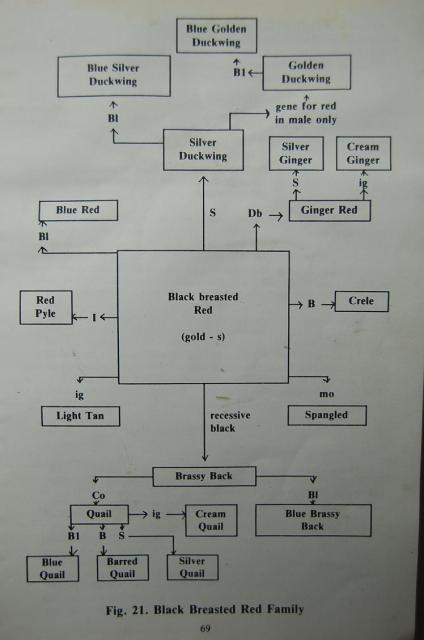Hi,
Had a man from Switzerland see my Ginger red d'anvers and asked how to create them as I could not ship to him overseas.
Well these are one of the odd ball d'anver colors I actually bought. So my question is...
What colors and formula of breeding does he need to follow in order to make his owe as they dont have them in any breed for out crossing there?
Also, he send me a pic of what he called an "opal OEGB"
To me, it looks like a silver pyle, colored just like the red pyle, but silver/grey instead of the red, all other body color is white...anyway, told him I'd post here and he asked about that one too while I was at it.
Any tips I could pass along to him, he would appreciate it.
I'm curious about that opal myself, it was gorgeous!
Had a man from Switzerland see my Ginger red d'anvers and asked how to create them as I could not ship to him overseas.
Well these are one of the odd ball d'anver colors I actually bought. So my question is...
What colors and formula of breeding does he need to follow in order to make his owe as they dont have them in any breed for out crossing there?
Also, he send me a pic of what he called an "opal OEGB"
To me, it looks like a silver pyle, colored just like the red pyle, but silver/grey instead of the red, all other body color is white...anyway, told him I'd post here and he asked about that one too while I was at it.
Any tips I could pass along to him, he would appreciate it.
I'm curious about that opal myself, it was gorgeous!

